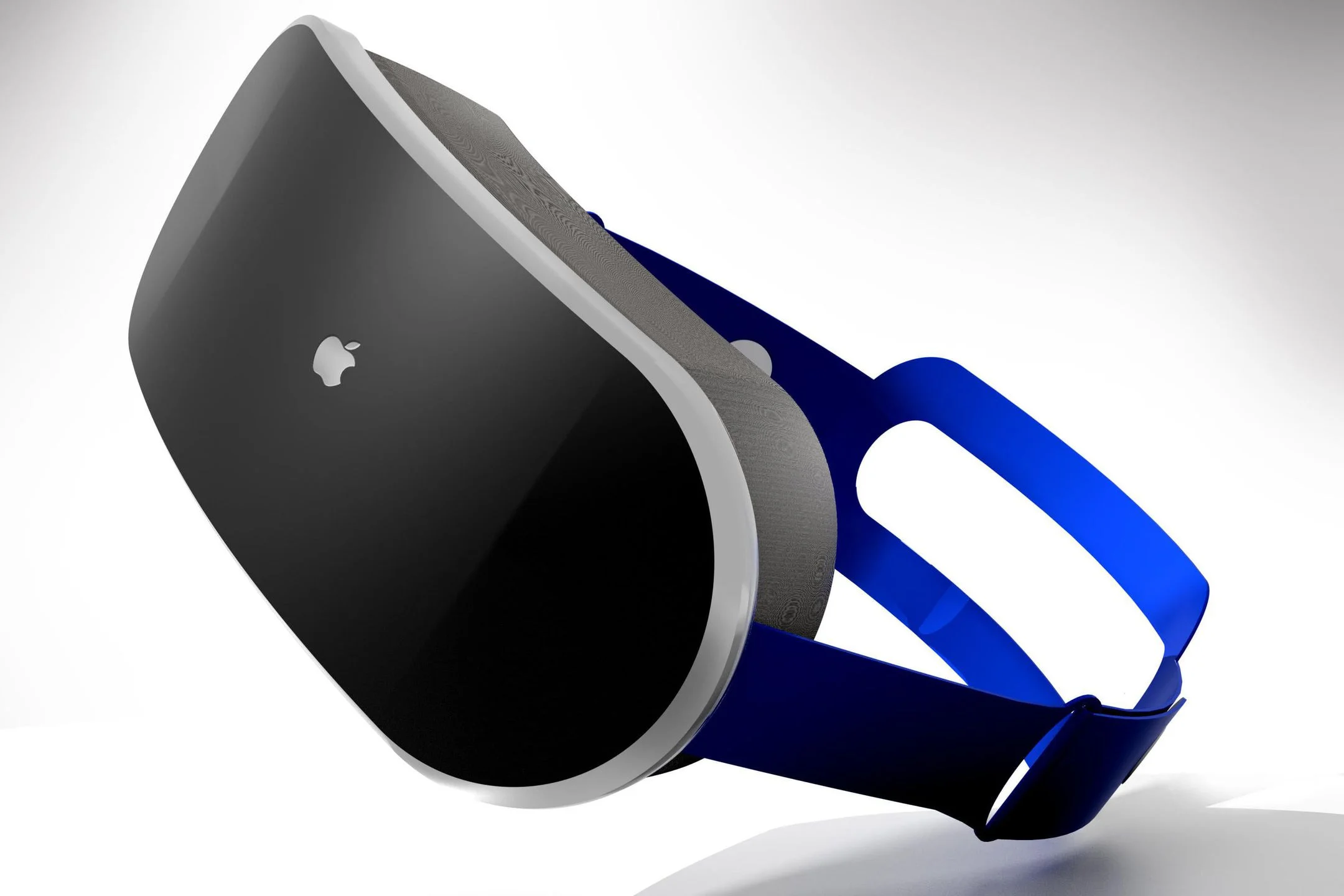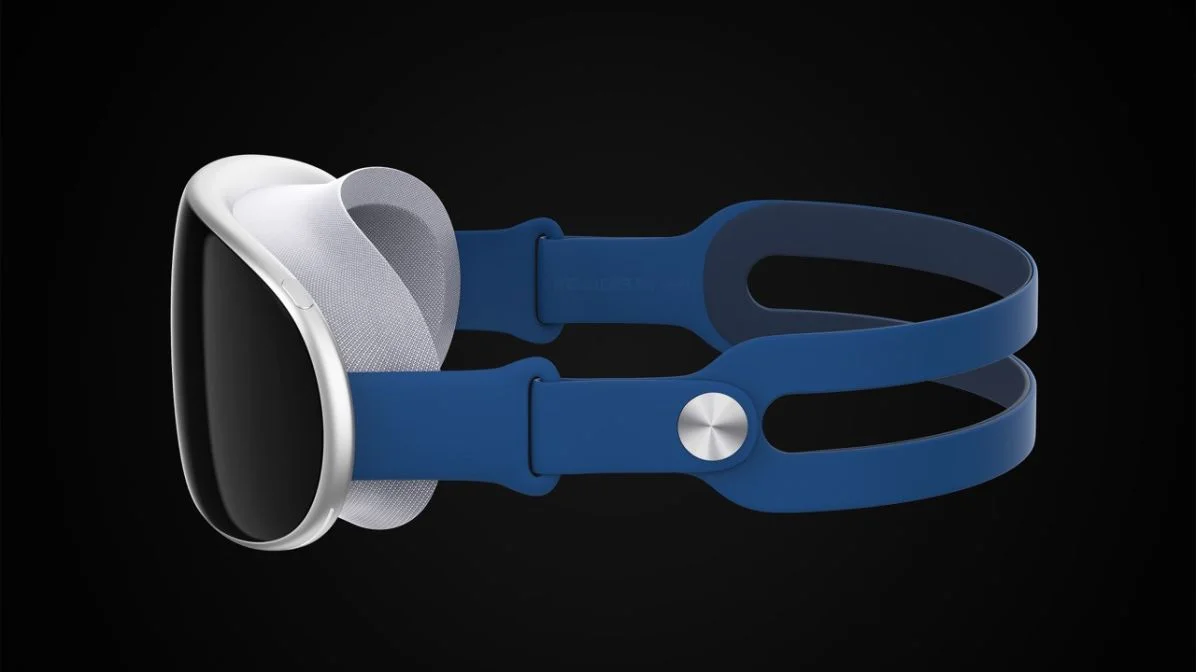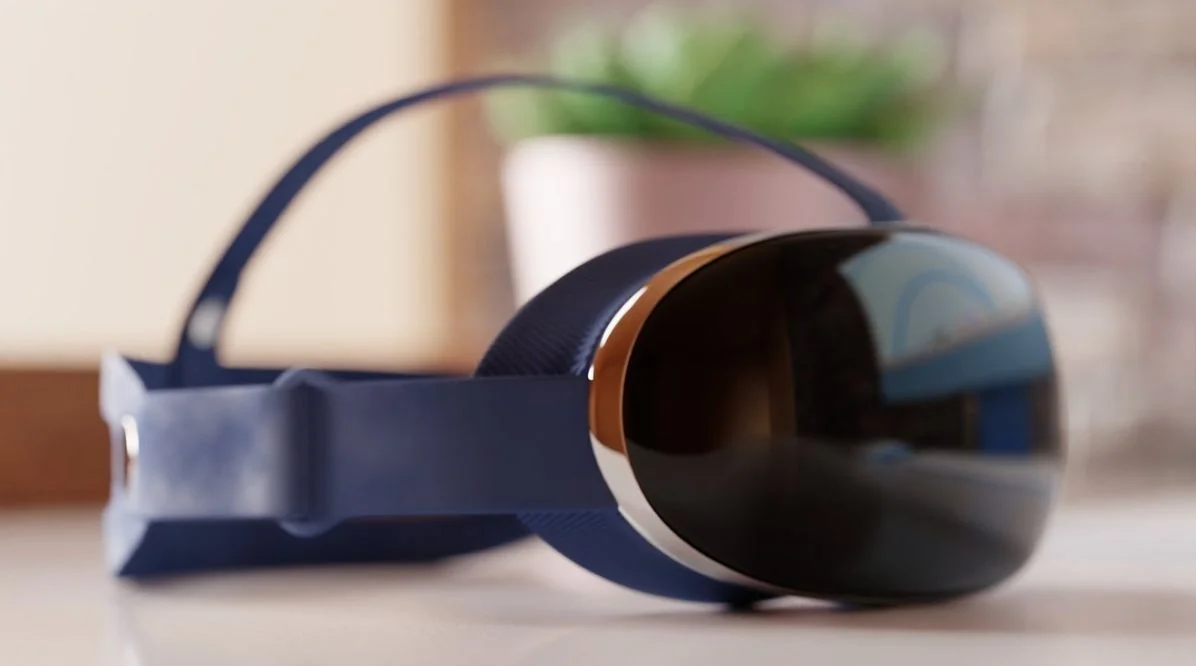Apple May Announce Mixed Reality Headset Soon

A VR/AR headset, likely called Reality Pro, could be unveiled this spring. Recently, the probable characteristics and features of the device have become known.

The headset will be made of aluminum, glass and carbon fiber, so the device will be lightweight and compact. The device will work in augmented and virtual reality, to switch between AR and VR modes, you need to use the Digital Crown, similar to the solution from the Apple Watch. The augmented reality mode will show the interface over the surrounding space, read by the integrated cameras. For ethical reasons, the cells will be placed discreetly.
The battery will not be located inside the device, but on the belt of the wearer. The MagSafe cable will be responsible for communication with the headset. The field of view will be 120 degrees, which looks quite impressive. For example, the Quest Pro headset has this figure equal to 106 degrees. Reality Pro is also suitable for comfortable wearing by people with glasses, as it will receive a magnetic mount for custom lenses. Thanks to microscopic motors, the distance between the lenses will automatically adjust to the user.

The headset will work due to two processors with a 5 nm process technology. One of the chips will receive computing cores, a graphics accelerator and memory, and the second (ISP) will broadcast the picture to the screens from the cameras. In addition, the device will also have an auxiliary H2 chip required for pairing with AirPods Pro 2 in low latency mode. Together with cameras, LiDAR sensors will appear in the headset for a three-dimensional scan of the surrounding space.
Each of the pair of screens has an OLED matrix and a resolution of 4K. In total, they will display an image with a resolution of 8K. In addition, the device will have a large external screen, the likely function of which is to show the wearer's face to others. The matrix has support for a lower refresh rate and power consumption similar to Always On in the iPhone 14 Pro.
The headset will be controlled by gestures and voice. The movements of the body, eyes and facial expressions will be read by the cameras. xrOS was designed specifically for Reality Pro. It is assumed that the OS will be presented at the WWDC event, where it will be given access to third-party developers. Developers will be able to adapt iOS programs for it, displayed as two-dimensional projections.

Reality Pro will also support gaming. To do this, Apple will partner with Unity to provide a complete gaming experience based on the engine of the same name. Probably, a separate controller will be released for the headset. Estimated retail price of the device is from $3000.

Appearance and iron
The headset will be made of aluminum, glass and carbon fiber, so the device will be lightweight and compact. The device will work in augmented and virtual reality, to switch between AR and VR modes, you need to use the Digital Crown, similar to the solution from the Apple Watch. The augmented reality mode will show the interface over the surrounding space, read by the integrated cameras. For ethical reasons, the cells will be placed discreetly.
The battery will not be located inside the device, but on the belt of the wearer. The MagSafe cable will be responsible for communication with the headset. The field of view will be 120 degrees, which looks quite impressive. For example, the Quest Pro headset has this figure equal to 106 degrees. Reality Pro is also suitable for comfortable wearing by people with glasses, as it will receive a magnetic mount for custom lenses. Thanks to microscopic motors, the distance between the lenses will automatically adjust to the user.

The headset will work due to two processors with a 5 nm process technology. One of the chips will receive computing cores, a graphics accelerator and memory, and the second (ISP) will broadcast the picture to the screens from the cameras. In addition, the device will also have an auxiliary H2 chip required for pairing with AirPods Pro 2 in low latency mode. Together with cameras, LiDAR sensors will appear in the headset for a three-dimensional scan of the surrounding space.
Display and software
Each of the pair of screens has an OLED matrix and a resolution of 4K. In total, they will display an image with a resolution of 8K. In addition, the device will have a large external screen, the likely function of which is to show the wearer's face to others. The matrix has support for a lower refresh rate and power consumption similar to Always On in the iPhone 14 Pro.
The headset will be controlled by gestures and voice. The movements of the body, eyes and facial expressions will be read by the cameras. xrOS was designed specifically for Reality Pro. It is assumed that the OS will be presented at the WWDC event, where it will be given access to third-party developers. Developers will be able to adapt iOS programs for it, displayed as two-dimensional projections.

Reality Pro will also support gaming. To do this, Apple will partner with Unity to provide a complete gaming experience based on the engine of the same name. Probably, a separate controller will be released for the headset. Estimated retail price of the device is from $3000.





There are no comments yet :(